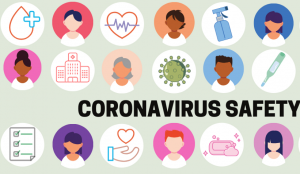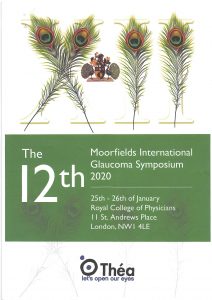Dear all,
We hope you and yours are all well. Things seem to be gradually going back to some sort of normal [fingers massively crossed]…
We have been running small clinics for the last 4 weeks and they’ve been going well. We started off with 1 patient an hour, but found that such a large separation wasn’t really necessary with the social distancing and hygiene measures already in place (although Mark was FINALLY getting on top of his email inbox in the gaps…). So we will increase the number of patients slightly over the coming weeks. It has also forced us to do things slightly differently – we have an afternoon devoted to video consultations, with patients coming into the London Clinic for quick pressure checks/scans with the nurses beforehand.
We hope that most of you are back in your practices or planning to do so – we understand that the guidance has been somewhat mixed, which must be frustrating. But as one of you said to me: ‘If Primark are open then I think we should open’ – I suspect people need you more than Primark…..
As you may have quiet periods over the next few weeks and hopefully your inbox is in slightly better shape than Mark’s, here’s another lecture to take a look at, on angle closure glaucoma:
https://www.dropbox.com/s/6wv3yliv9c5fnc4/ACG_2020.pdf?dl=0
Some of you heard through the grapevine that Mark caught the coronavirus – he had it during the lockdown (almost certainly caught from a patient) and was pretty unwell although thankfully not hospitalised. He is now fully recovered and is the proud owner of a positive antibody test! Despite joking that he can lick door handles with impunity, he says it’s a nasty disease and is covering himself with the requisite PPE as immunity is likely but not guaranteed – and he’d really rather not go through it again.
All the best to you all as we slowly find our way back to some sort of normality. Keep safe.
With kind regards,
Mark, Sandrine, Avni and Anabela




